Search Images
Browse Content (p. 1155)
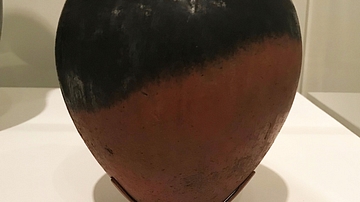
Image
Ancient Egyptian Terracotta Vase
This terracotta vase dates from the Predynastic period in ancient Egyptian history, c. 4500-3100 BCE. (Iris & B. Gerald Cantor Center for Visual Arts at Stanford University, Stanford, California)
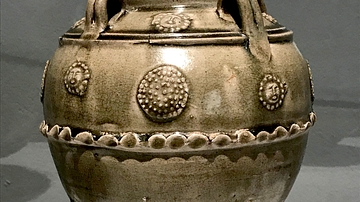
Image
Chinese Jar with Green Glaze
This jar comes from China and dates from the Sui dynasty (581-618 CE). It is made of stoneware with green glaze. (Iris & B. Gerald Cantor Center for Visual Arts at Stanford University, Stanford, California)
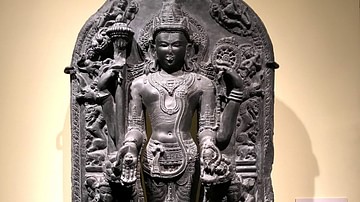
Image
Vishnu with Lakshmi and Saravati
Vishnu with Lakshmi and Saravati, phyllite sculpture from West Bengal, India, 12th century. The Hindu god Vishnu, the preserver of the universe, is flanked by two female figures. His sister Sarasvati, the patron goddess of knowledge and...
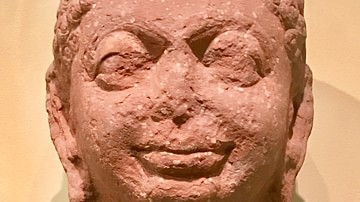
Image
Head of a Jain Tirthankara
This head belongs to a jina ("conqueror" or "liberator"), a Jain saint who severed the chain of rebirth and achieved a state of omniscience known as nirvana. Jains believe that there have been 24 jinas, each of whom is known as a tirthankara...
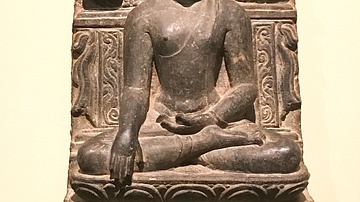
Image
Buddha in the Attitude of the Victory over Mara
This sculpture represents the Buddha on the verge of enlightenment responding to the challenge of the demon Mara. Mara, who profits from chaos and suffering in the world, questioned the Buddha's right to become enlightened. Disturbed from...
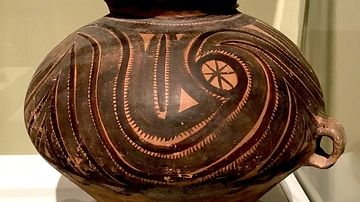
Image
Neolithic Chinese Jar
This jar dates from the 26th century BCE and is made of earthenware with pigments. It was made by the Majiayao Yangshao culture during the Banshan phase (c. 2655-2330 BCE). (Iris & B. Gerald Cantor Center for Visual Arts at Stanford University...
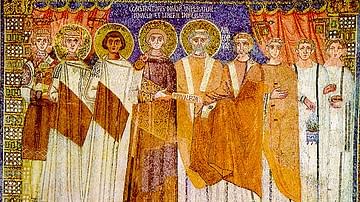
Image
Constantine IV
A 7th century CE mosaic depicting the Byzantine emperor Constantine IV (r. 668-685 CE) and entourage in the basilica of Sant'Apollinare, in Classe, Ravenna, Italy.

Image
Silver Dogs from Bactria
Pair of silver dogs wearing hatched collars from the 3rd-2nd millennium BCE originating in Bactria in Central Asia. The dogs are 1.5 inches (4 cm) long with a vertical hole through each. It is thought they may have been worn as pendants on...
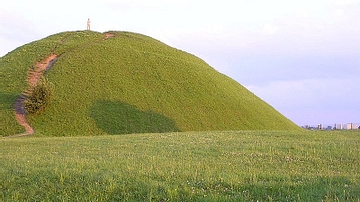
Image
Krakus Mound
The mound is located in the Polish city of Krakow. According to legend, the mound was built as a tomb of the legendary Prince Krakus (6-7th century CE), the founder of the city.
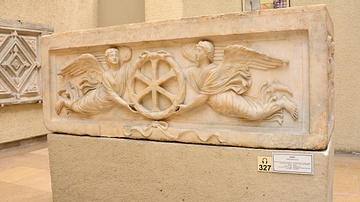
Image
Byzantine Sarcophagus from the Imperial Cemetery
Sarcophagus from the imperial cemetery beside the Church of the Holy Apostles. Material: Marble. Period: Early Byzantine; circa early 5th century CE. Findspot: Sariguzel/Fatih, Istanbul. (Istanbul Archaeological Museums)